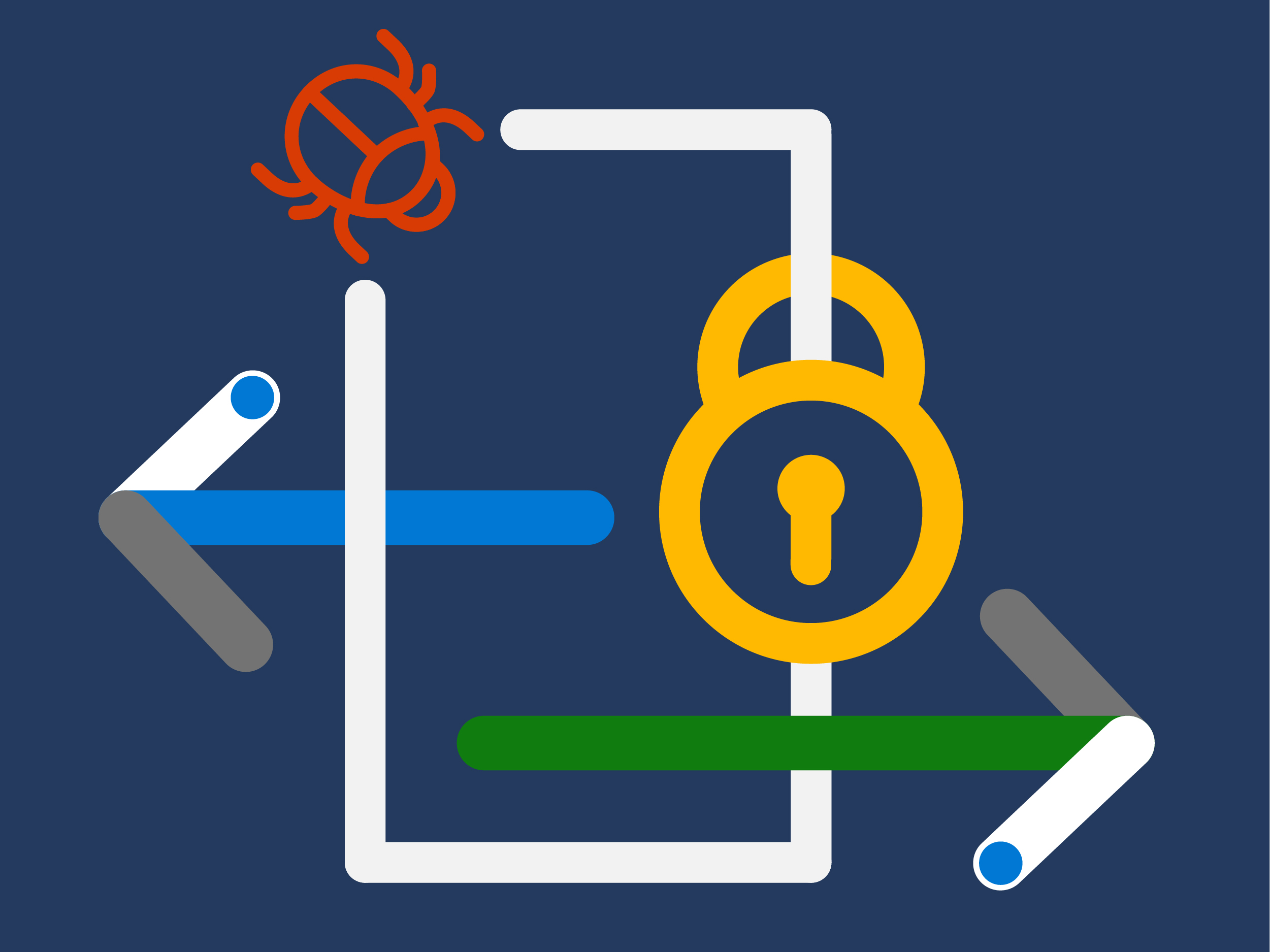The security community is continuously changing, growing, and learning from each other to better position the world against cyber threats. In the latest post of our Voice of the Community blog series post, Microsoft Security Product Marketing Manager Natalia Godyla talks with Taurus SA Co-founder and Chief Security Officer Jean-Philippe “JP” Aumasson, author of “Serious Cryptography.” In this blog post, JP shares insights on learning and applying cryptography knowledge to strengthen your cybersecurity strategy.
Natalia: What drew you to the discipline of cryptography?
JP: People often associate cryptography with mathematics. In my case, I was not good at math when I was a student, but I was fascinated by the applications of cryptography and everything that has to do with secrecy. Cryptography is sometimes called the science of secrets. I was also interested in hacking techniques. At the beginning of the internet, I liked reading online documentation magazines and playing with hacking tools, and cryptography was part of this world.
Natalia: In an organization, who should be knowledgeable about the fundamentals of cryptography?
JP: If you had asked me 10 to 15 years ago, I might have said all you need is to have an in-house cryptographer who specializes in crypto and other people can ask them questions. Today, however, cryptography has become substantially more integrated into several components that we work with and those engineers must develop.
The good news is that crypto is far more approachable than it used to be, and is better documented. The software libraries and APIs are much easier to work with for non-specialists. So, I believe that all the engineers who work with software—from a development perspective, a development operations (DevOps) perspective, or even quality testing—need to know some basics of what crypto can and cannot do and the main crypto concepts and tools.
Natalia: Who is responsible for educating engineering on cryptography concepts?
JP: It typically falls on the security team—for example, through security awareness training. Before starting development, you create the functional requirements driven by business needs. You also define the security goals and security requirements, such as personal data, that must be encrypted at rest and in transit with a given level of security. It’s truly a part of security engineering and security architecture. I advocate for teaching people fundamentals, such as confidentiality, integrity, authentication, and authenticated encryption.
As a second step, you can think of how to achieve security goals thanks to cryptography. Concretely, you have to protect some data, and you might think, “What does it mean to encrypt the data?” It means choosing a cipher with the right parameters, like the right key size. You may be restricted by the capability of the underlying hardware and software libraries, and in some contexts, you may have to use Federal Information Processing Standard (FIPS) certified algorithms.
Also, encryption may not be enough. Most of the time, you also need to protect the integrity of the data, which means using an authentication mechanism. The modern way to realize this is by using an algorithm called an authenticated cipher, which protects confidentiality and authenticity at the same time, whereas the traditional way to achieve this is to combine a cipher and a message authentication code (MAC).
Natalia: What are common mistakes practitioners tend to make?
JP: People often get password protection wrong. First, you need to hash passwords, not encrypt them—except in some niche cases. Second, to hash passwords you should not use a general-purpose hash function such as SHA-256 or BLAKE2. Instead, you should use a password hashing function, which is a specific kind of hashing algorithm designed to be slow and sometimes use a lot of memory, to make password cracking harder.
A second thing people tend to get wrong is authenticating data using a MAC algorithm. A common MAC construction is the hash-based message authentication code (HMAC) standard. However, people tend to believe that HMAC means the same thing as MAC. It’s only one possible way to create a MAC, among several others. Anyway, as previously discussed, today you often won’t need a MAC because you’ll be using an authenticated cipher, such as AES-GCM.
Natalia: How does knowledge of cryptography impact security strategy?
JP: Knowledge of cryptography can help you protect the information more cost-effectively. People can be tempted to put encryption layers everywhere but throwing crypto at a problem does not necessarily solve it. Even worse, once you choose to encrypt something, you have a second problem—key management, which is always the hardest part of any cryptographic architecture. So, knowing when and how to use cryptography will help you achieve sound risk management and minimize the complexity of your systems. In the long run, it pays off to do the right thing.
For example, if you generate random data or bytes, you must use a random generator. Auditors and clients might be impressed if you tell them that you use a “true” hardware generator or even a quantum generator. These might sound impressive, but from a risk management perspective, you’re often better off using an established open-source generator, such as that of the OpenSSL toolkit.
Natalia: What are the biggest trends in cryptography?
JP: One trend is post-quantum cryptography, which is about designing cryptographic algorithms that would not be compromised by a quantum computer. We don’t have quantum computers yet, and the big question is when, if ever, will they arrive? Post-quantum cryptography consequently, can be seen as insurance.
Two other major trends are zero-knowledge proofs and multi-party computation. These are advanced techniques that have a lot of potential to scale decentralized applications. For example, zero-knowledge proofs can allow you to verify that the output of a program is correct without re-computing the program by verifying a short cryptographic proof, which takes less memory and computation. Multi-party computation, on the other hand, allows a set of parties to compute the output of a function without knowing the input values. It can be loosely described as executing programs on encrypted data. Multi-party computation is proposed as a key technology in managed services and cloud applications to protect sensitive data and avoid single points of failure.
One big driver of innovation is the blockchain space, where zero-knowledge proofs and multi-party computation are being deployed to solve very real problems. For example, the Ethereum blockchain uses zero-knowledge proofs to improve the scalability of the network, while multi-party computation can be used to distribute the control of cryptocurrency wallets. I believe we will see a lot of evolution in zero-knowledge proofs and multi-party computation in the next 10 to 20 years, be it in the core technology or the type of application.
It would be difficult to train all engineers in these complex cryptographic concepts. So, we must design systems that are easy to use but can securely do complex and sophisticated operations. This might be an even bigger challenge than developing the underlying cryptographic algorithms.
Natalia: What’s your advice when evaluating new cryptographic solutions?
JP: As in any decision-making process, you need reliable information. Sources can be online magazines, blogs, or scientific journals. I recommend involving cryptography specialists to:
- Gain a clear understanding of the problem and the solution needed.
- Perform an in-depth evaluation of the third-party solutions offered.
For example, if a vendor tells you that they use a secret algorithm, it’s usually a major red flag. What you want to hear is something like, “We use the advanced encryption standard with a key of 256 bits and an implementation protected against side-channel attacks.” Indeed, your evaluation should not be about the algorithms, but how they are implemented. You can use the safest algorithm on paper, but if your implementation is not secure, then you have a problem.
Learn more
To learn more about Microsoft Security solutions, visit our website. Bookmark the Security blog to keep up with our expert coverage on security matters. Also, follow us at @MSFTSecurity for the latest news and updates on cybersecurity.








